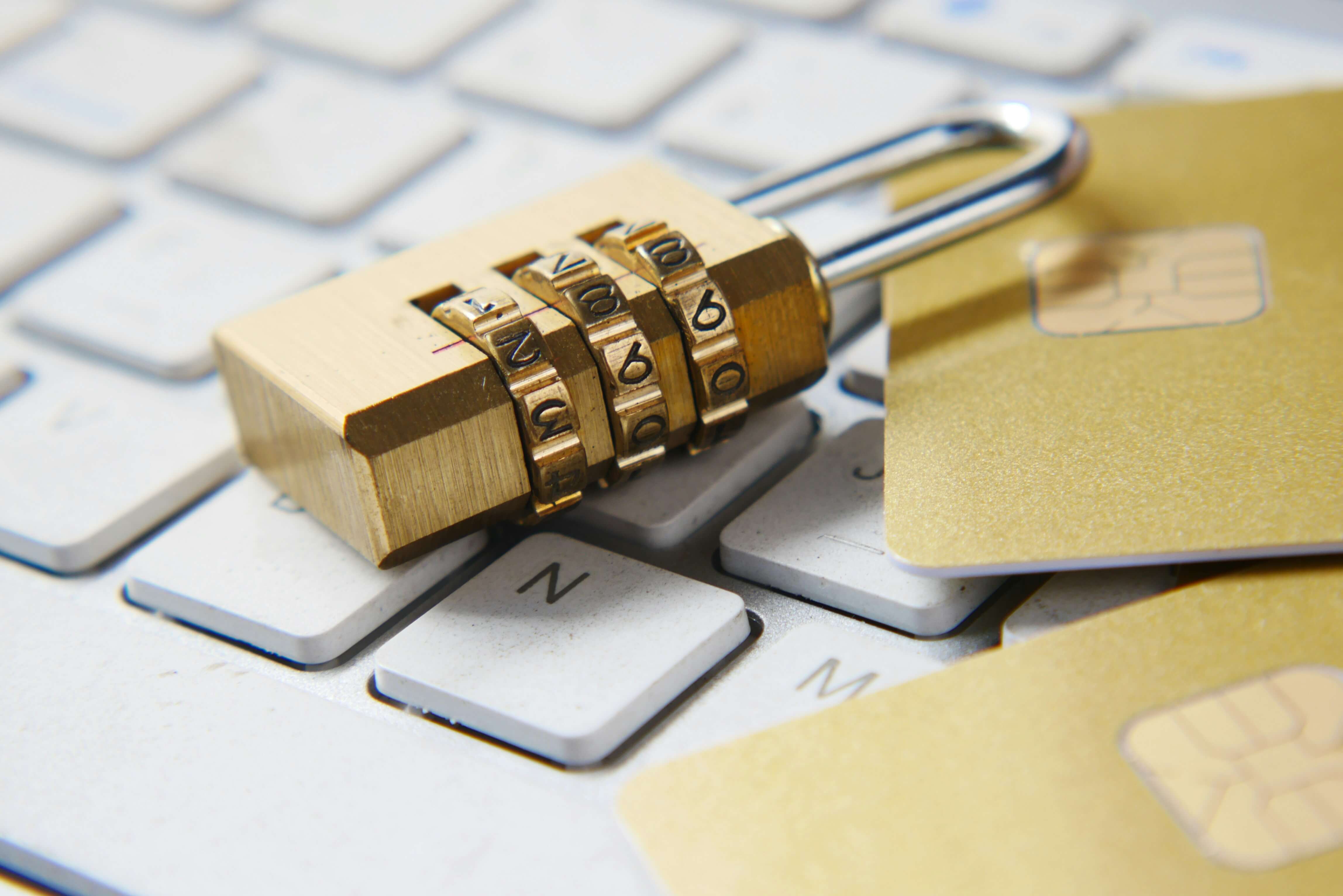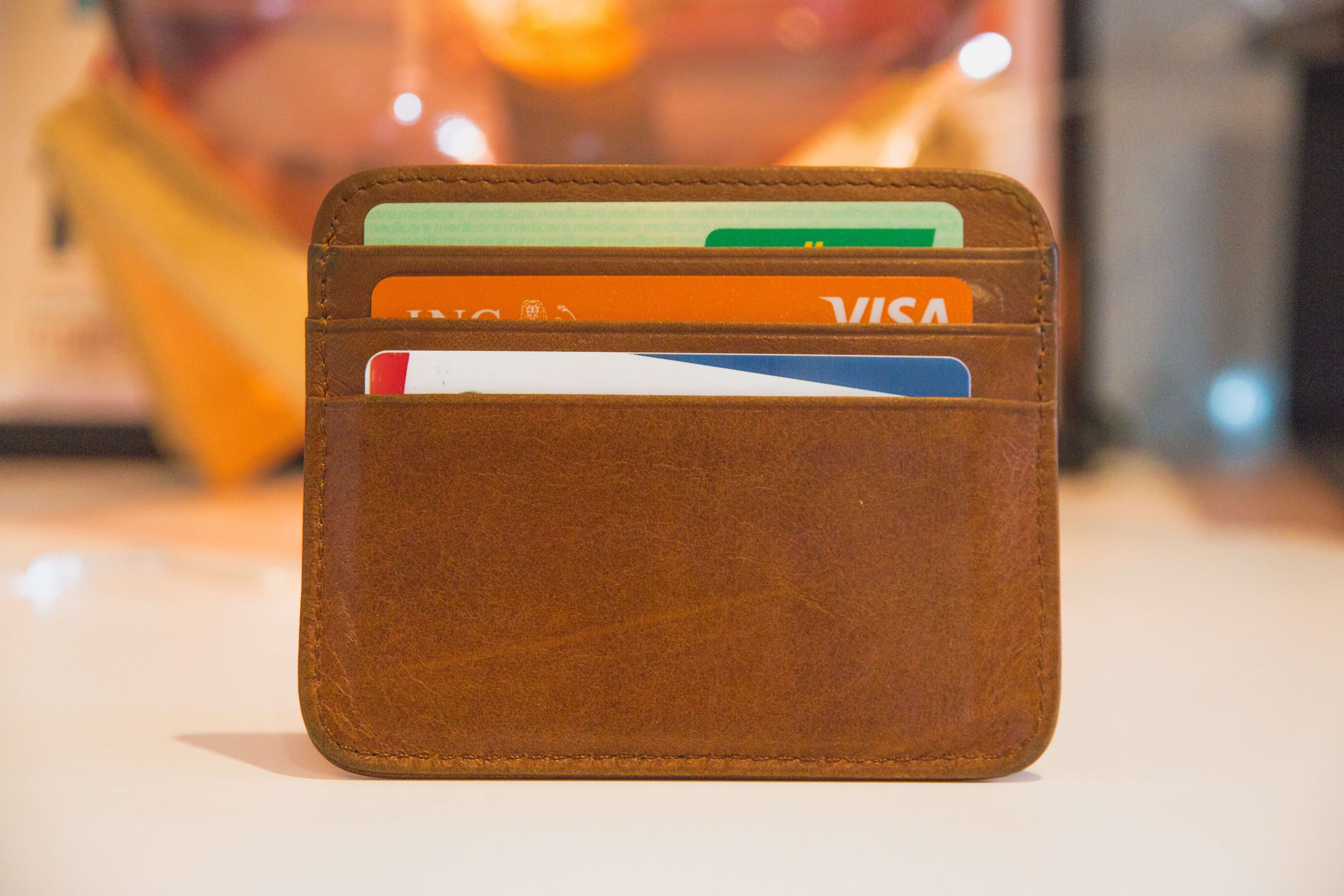In today’s digital economy, managing payments comes with its fair share of complexities, and one that UK businesses face more and more is chargeback fraud. While it can be frustrating to deal with, there are steps you can take to prevent and deal with chargeback fraud effectively. With a clear understanding of how friendly fraud chargeback works, what impact it can have, and how to stay ahead of it, businesses can protect their bottom line and keep smooth operations.
In this guide, we’ll cover:
- What’s a chargeback?
- Chargeback fraud meaning
- Chargeback fraud example
- What’s the difference between chargeback and fraud?
- What’s the chargeback process?
- Chargeback fraud consequences
- How to prevent chargeback fraud
- How Dojo can help
- FAQs
What’s a chargeback?
Before we get to fraud chargebacks, let's get our main definitions out of the way: what are chargebacks?
A regular chargeback is when a customer asks their bank to reverse a card payment, usually because of an error or a dispute with the merchant.
A chargeback is meant to protect customers from genuine problems – like being charged incorrectly or not receiving what they paid for. But unfortunately, not all chargebacks are legitimate. Sometimes, customers exploit the system to their advantage – and that’s where chargeback fraud comes in.
What is chargeback fraud?
Chargeback fraud is when a customer knowingly disputes a valid payment to get their money back, while still holding onto the product or service. It’s a deliberate move, and unlike genuine fraud, the cardholder is fully aware of the transaction but chooses to challenge it anyway.
Unlike genuine fraud, where credit card details are stolen and used without the cardholder's knowledge, chargeback scams involve the actual cardholder making a false claim to their bank or credit card company.
Chargeback fraud example
Fraud and chargeback can take many forms, such as:
- claiming they never received an item that was successfully delivered
- saying a product was misrepresented, even though it matched the description
- disputing a recurring charge they originally agreed to but later forgot about or no longer wanted
- alleging their card was used without permission, despite being the one who made the purchase.
What’s the difference between chargeback and fraud?
While they’re often linked, chargebacks and fraud aren’t the same thing. Fraud usually refers to unauthorised transactions – like when someone uses stolen card details to make a purchase. In these cases, the genuine cardholder reports the transaction as fraudulent, and the bank starts a chargeback to get back the funds.
A chargeback, on the other hand, is simply the process of reversing a payment – whether or not true fraud has occurred.
Sometimes customers dispute a transaction because they don't recognise the charge, forgot about a subscription, or were unhappy with a product or service. These disputes aren’t necessarily fraudulent, even if the merchant loses out.
However, when a customer knowingly disputes a legitimate payment in order to get their money back while keeping the goods or services, it's considered chargeback fraud.
In short, fraud is the criminal act, and a chargeback is the process that follows – whether the claim is genuine or not.
What’s the chargeback process?
- The purchase: A customer makes a payment using their credit card, either online or in-store.
- The dispute: After some time, they contact their bank or card provider to dispute the charge, claiming it was fraudulent or didn’t receive the product or service that was purchased.
- Bank review: The bank looks into the claim and may ask the customer for more details.
- Temporary refund: If the claim seems valid, the bank issues a temporary refund to the customer’s account while the case is reviewed.
- Merchant alert: The merchant is notified of the chargeback and given a chance to respond with evidence, such as delivery confirmation or transaction records.
- Evidence check: The bank reviews the merchant’s response and decides whether the chargeback should stand.
- Final decision: If the bank sides with the customer, determining that there were no fraudulent chargebacks, the refund becomes permanent and the merchant loses the sale, plus any related fees. If the merchant wins the case, the money is returned to them.
Chargeback fraud consequences
Financial losses
The most obvious impact of fraud and chargeback is financial. When a false claim is made, businesses can lose:
- the original transaction amount
- additional chargeback fees from their payment processor
- any goods or services already provided
- shipping costs, if physical products were sent.
These costs can add up fast, especially for small businesses working with tighter margins.
Operational strain
Chargeback scams don’t just hurt your bottom line – they can also drain time and resources. Handling disputes often involves:
- gathering and submitting evidence to contest claims.
- monitoring and analysing chargeback data.
- training staff to handle and prevent disputes.
- investing in and maintaining chargeback fraud prevention tools.
For smaller teams, these extra tasks pull focus from day-to-day operations, slowing down productivity and growth.
Reputational risks
The damage doesn’t stop at money and resources – fraud and chargeback can also harm the business’s reputation.
- Scrutiny from payment providers: A high chargeback rate can flag your business as high-risk, leading to higher fees or even account termination.
- Customer confidence: If your business is known for regular disputes, it can put potential buyers off.
- Brand perception: Too many chargebacks – no matter how unfair – can make your business look unreliable, even when you're doing everything right.
Over time, reputational damage can be even harder to recover from than the financial hit, especially if it starts to affect customer trust and long-term growth.
How to prevent chargeback fraud
So, the question is – how to fight chargeback fraud? While it’s tough to avoid it entirely, there are plenty of chargeback fraud protections you can implement to reduce the risks.
Be clear and upfront with customers
Good communication is one of the simplest and most effective ways to prevent fraudulent chargeback disputes.
- Set clear refund and return policies: These should be easy to find and understand – both online and at the point of sale.
- Use detailed product descriptions: The more accurate and thorough your descriptions, the fewer surprises (and disputes) down the line.
- Keep billing transparent: Make sure your business name shows clearly on bank statements to avoid confusion.
- Offer responsive customer service: Encourage customers to reach out directly with any issues before going to their bank, and be quick to respond when they do.
In sectors like hospitality, where restaurant walkouts can be quite common, upfront payments are a smart way to reduce risk and prevent chargebacks before they happen.
Use smart fraud detection tools
Tech can play a big role in spotting suspicious activity before it turns into a chargeback.
- Address Verification Service (AVS): Checks whether the billing address matches what the card issuer has on file.
- CVV checks: The 3-digit code adds an extra layer of chargeback fraud protection.
- 3D Secure: Adds a step for the customer to verify their identity during online payments.
- Machine learning systems: These can flag unusual patterns in real time, helping you catch fraud early.
Keep solid records
If chargeback scams do happen, good documentation gives you the best chance of winning the dispute. Be sure to store:
- transaction dates and amounts
- customer contact details
- shipping and tracking info (if relevant)
- records of any communication
- delivery confirmations, especially for high-value items.
Train your team
Everyone handling payments should know how to spot and handle fraud. That means:
- recognising red flags
- verifying customer identity properly
- following your chargeback fraud prevention policies
- managing disputes calmly and effectively.
How Dojo can help
While fraud and chargebacks can’t be stopped entirely, taking the right steps can make managing them much easier. With chargeback fraud protections like clear policies, good record-keeping, and a solid chargeback fraud prevention strategy, enterprise businesses can stay protected.
We can help you do just that. As well as secure, reliable card machines with Point-to-Point Encryption, you’ll get access to enhanced fraud security that spots risky transactions in real time. From secure card machines to flexible tools like payment links, you’ll be equipped to take payments how and where your customers prefer – all while staying safe.
If a dispute does happen, we will notify you straight away, outline exactly what evidence is needed, and submit it to the cardholder’s bank on your behalf. With 14 days to respond and support at every step, you can accept card payments with greater confidence and stay in control.
For more tips and tricks on how to grow and protect your business, check out our blog.



